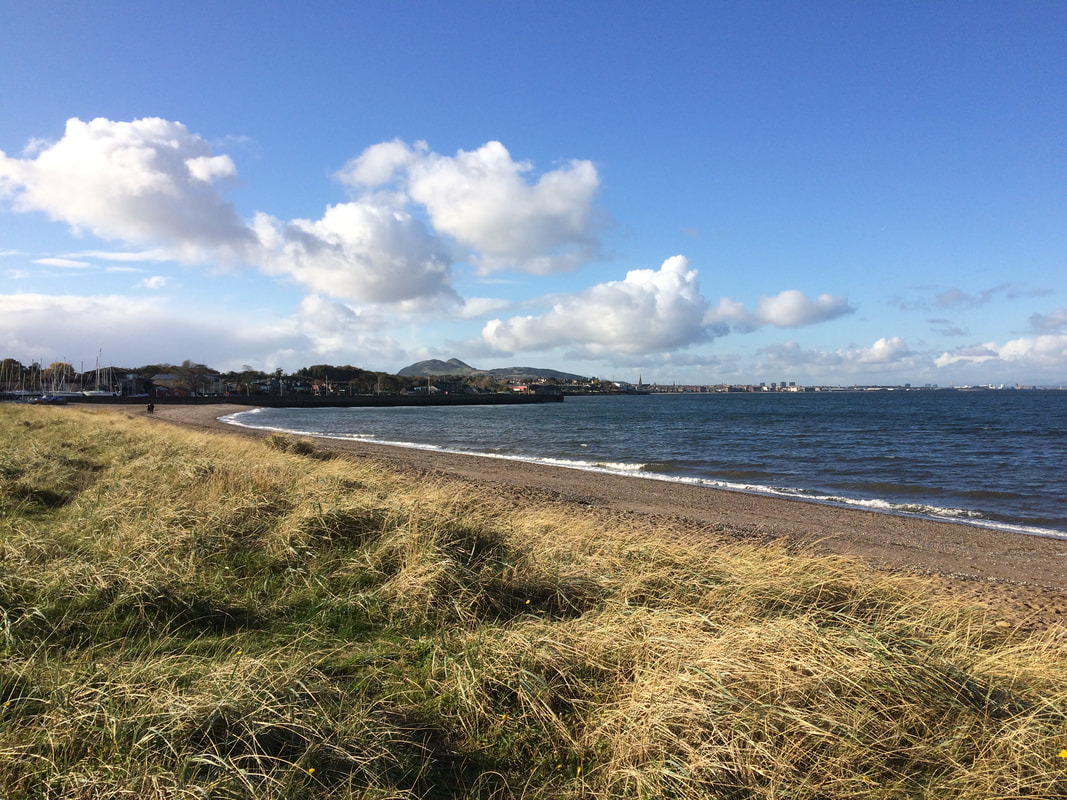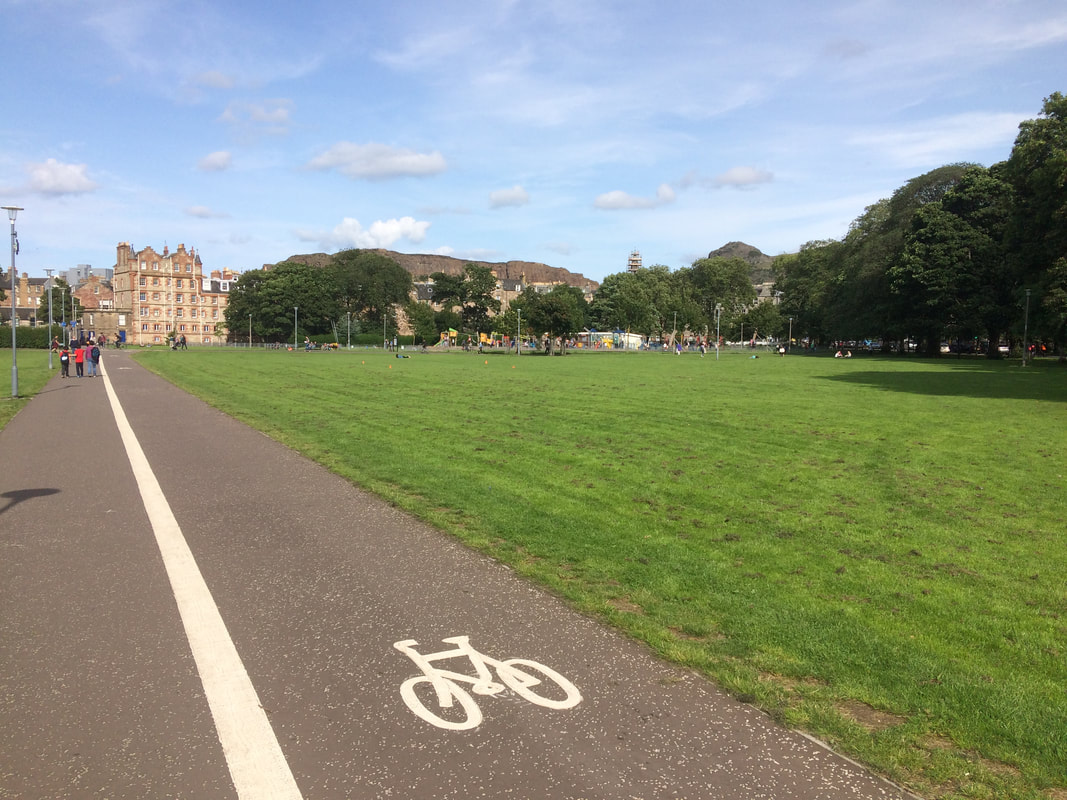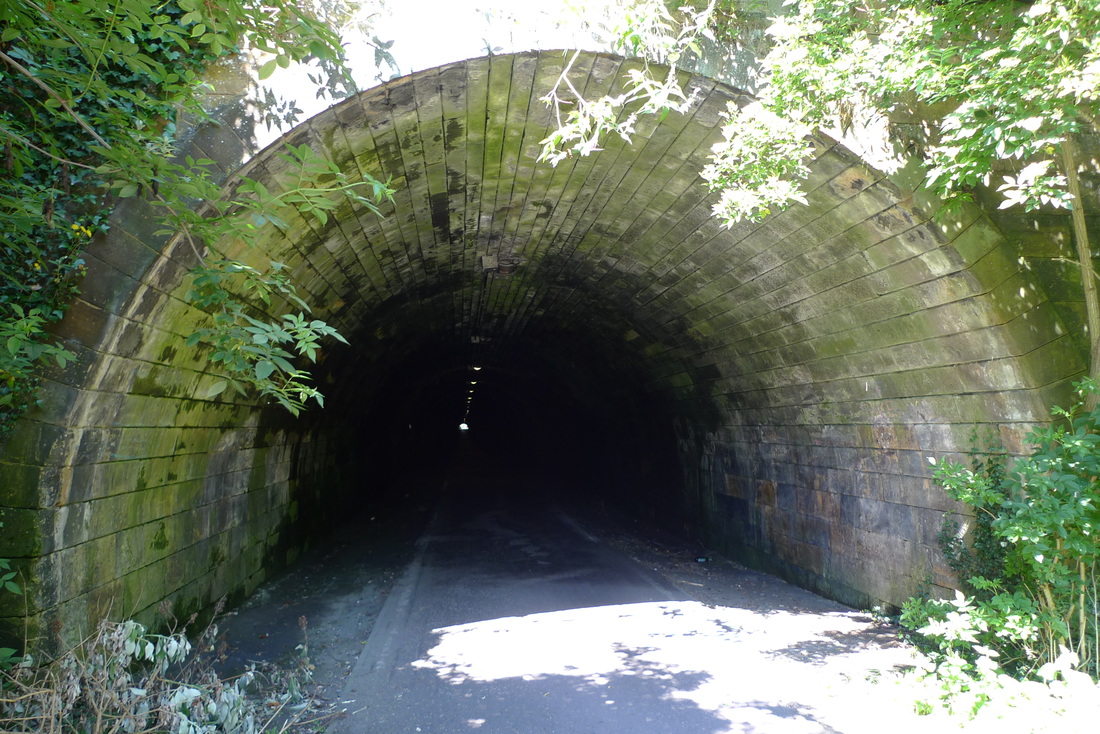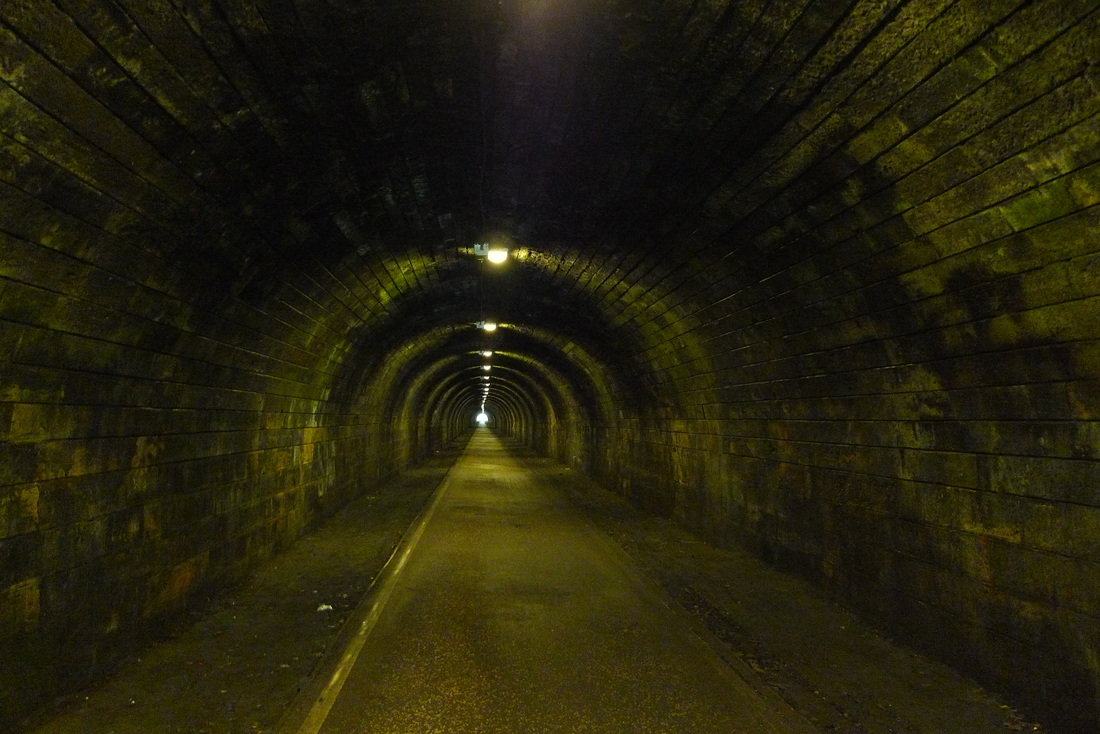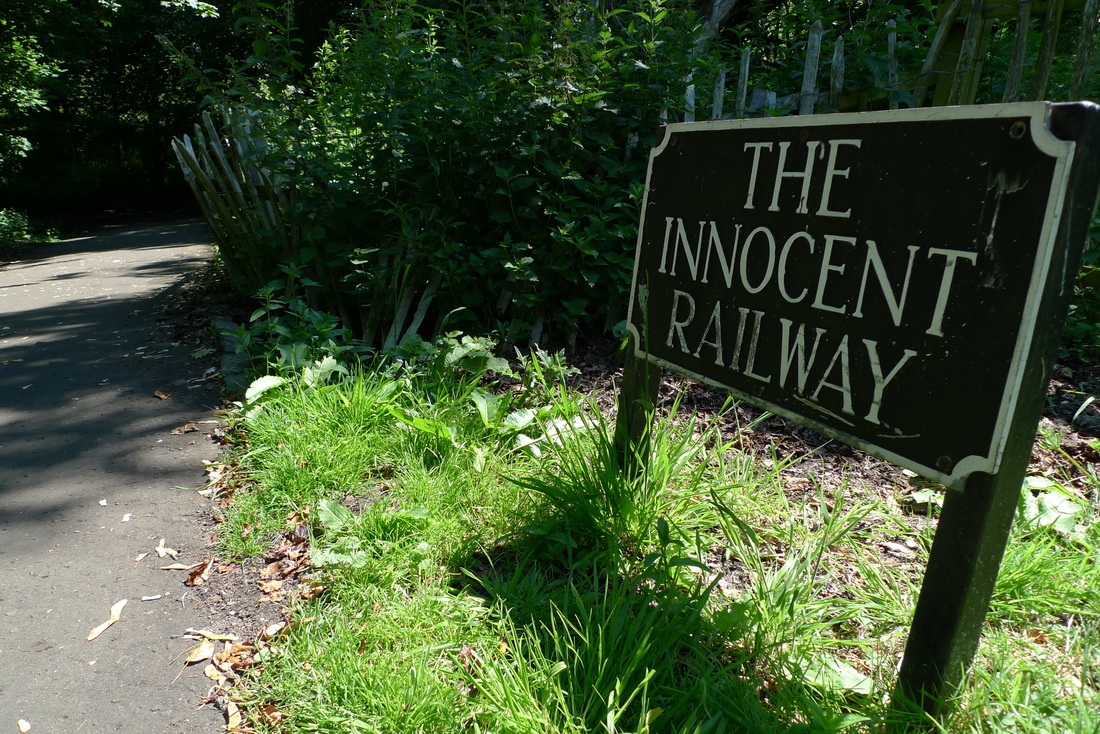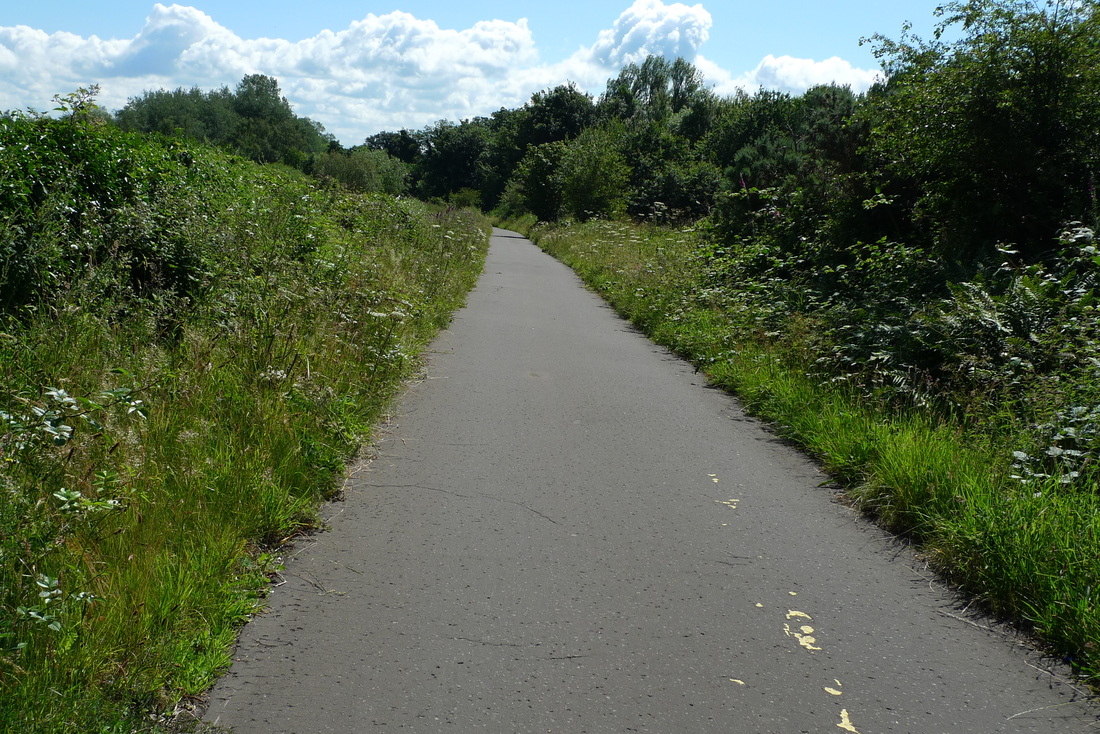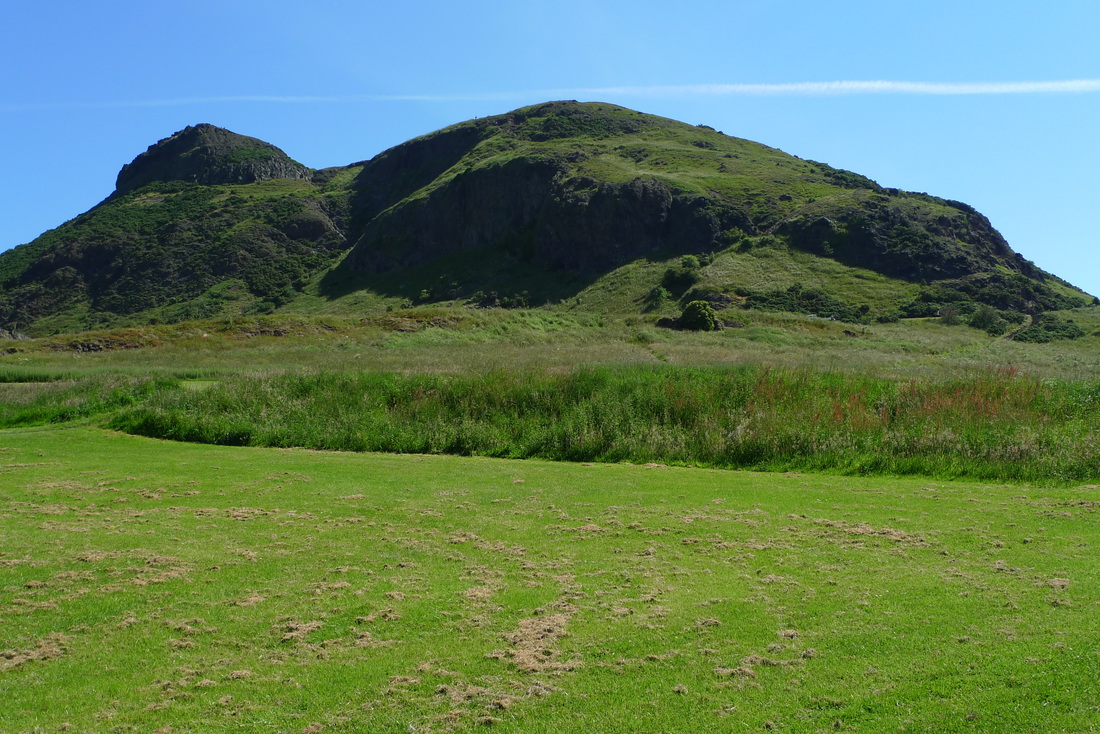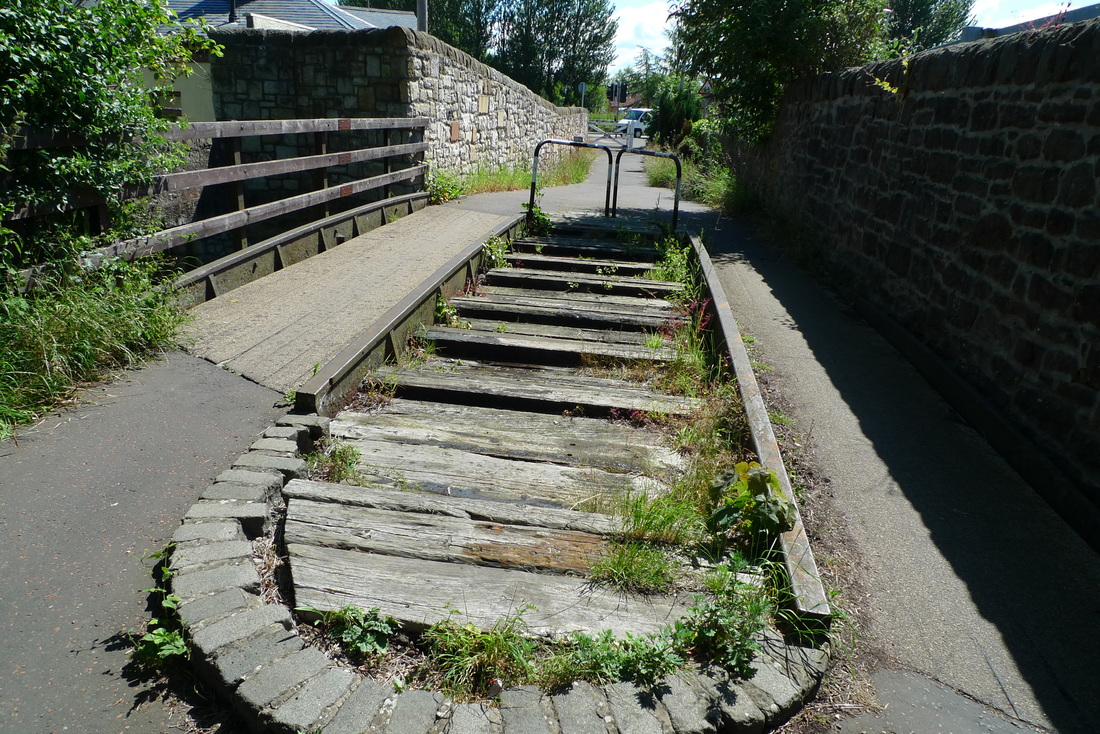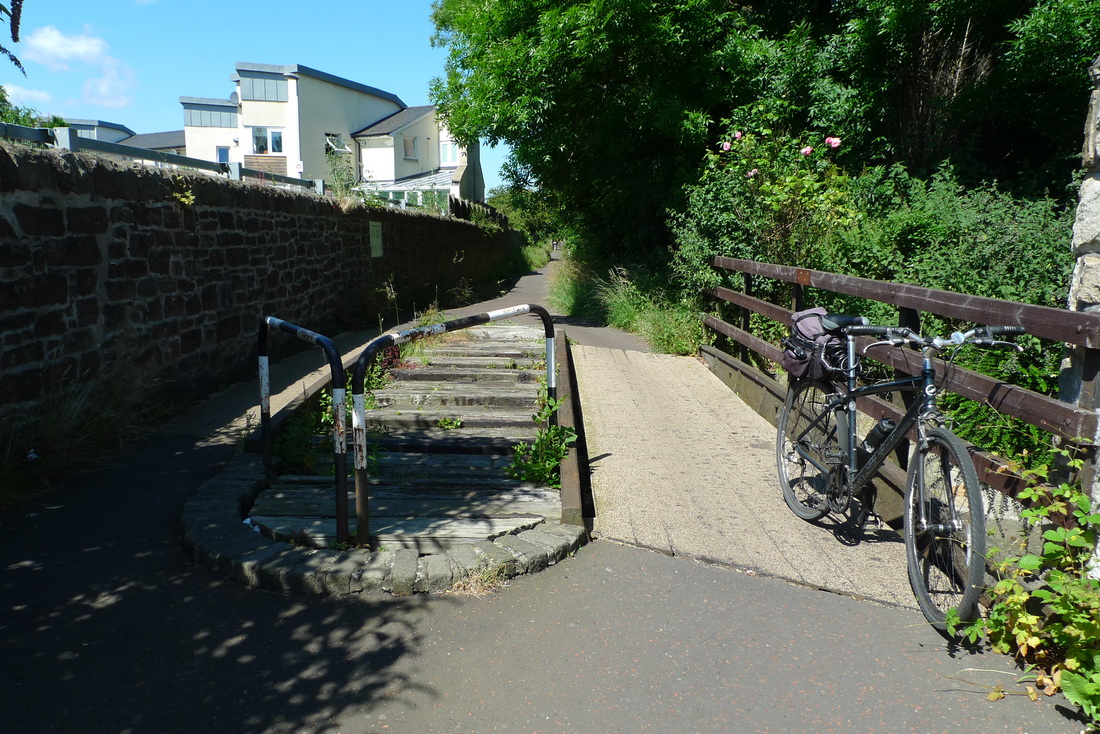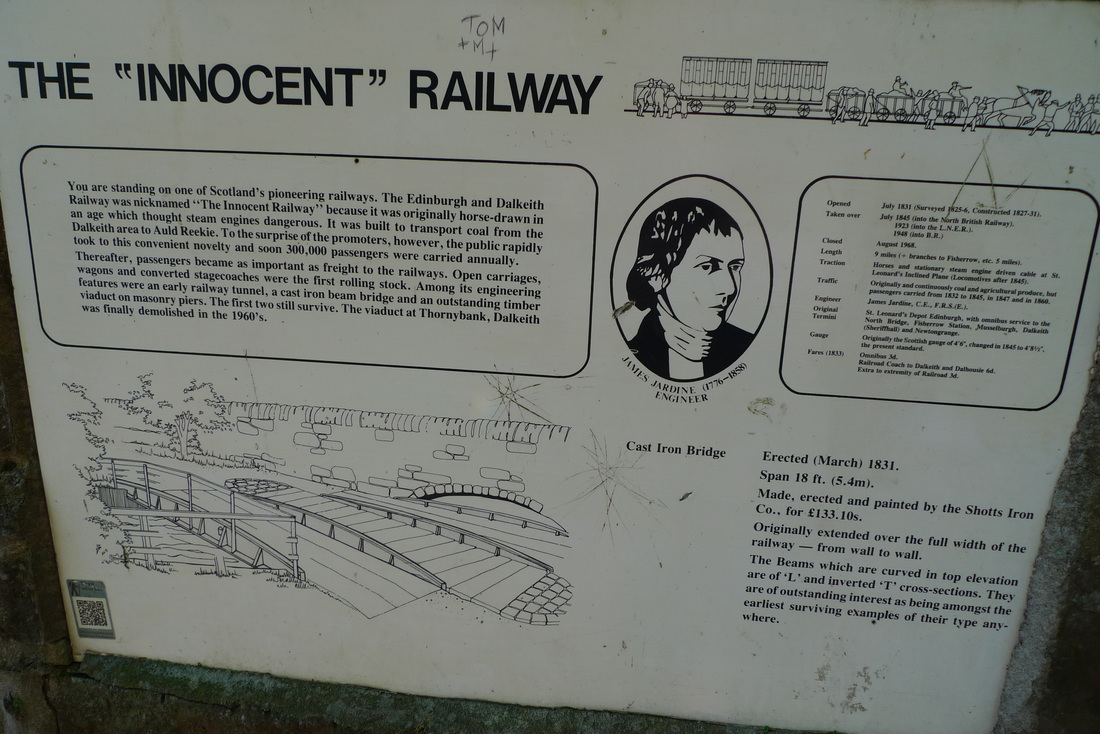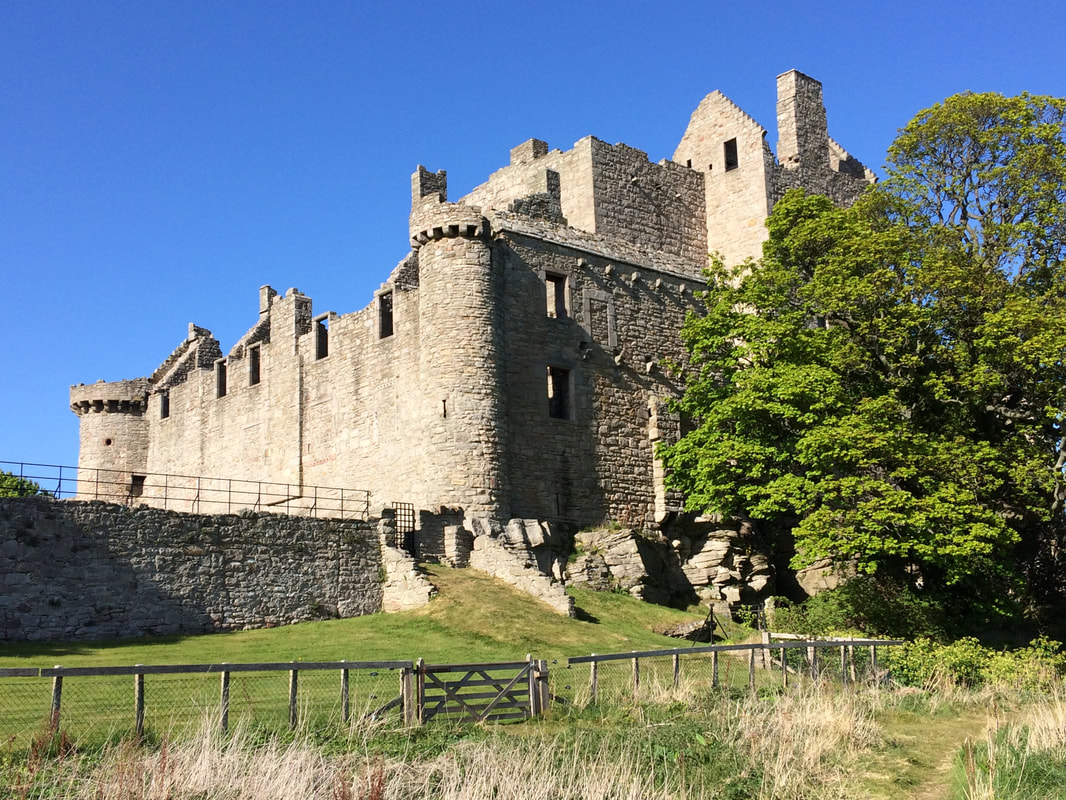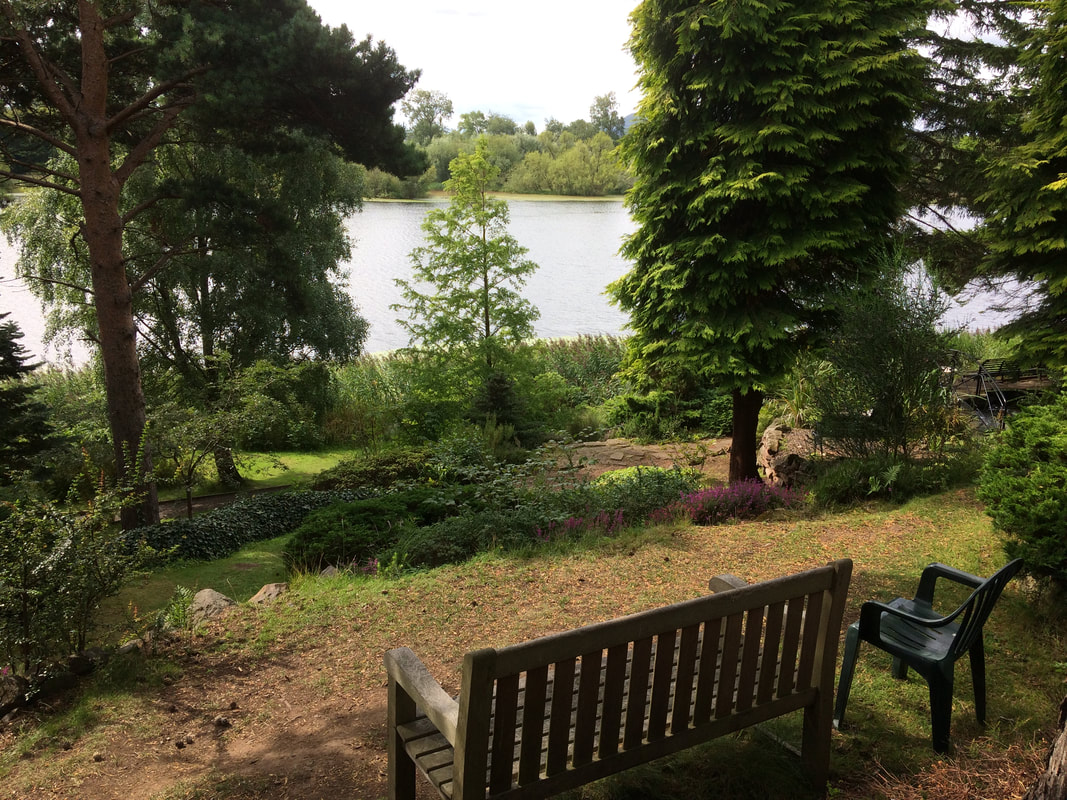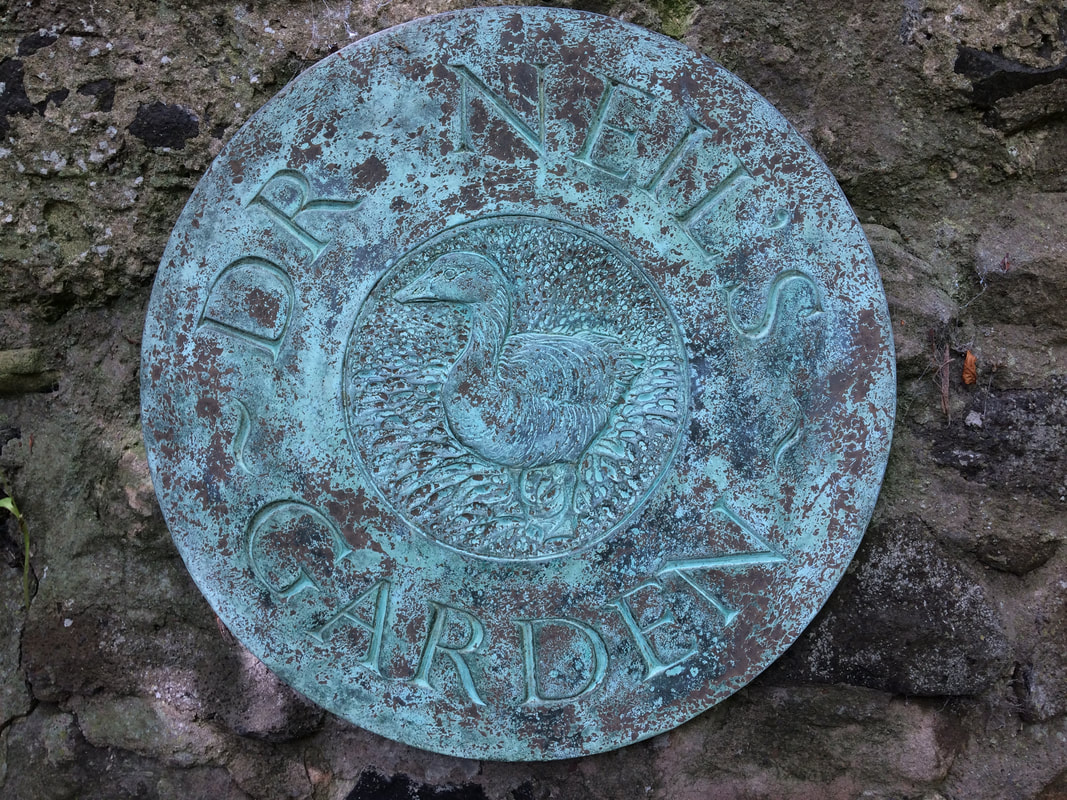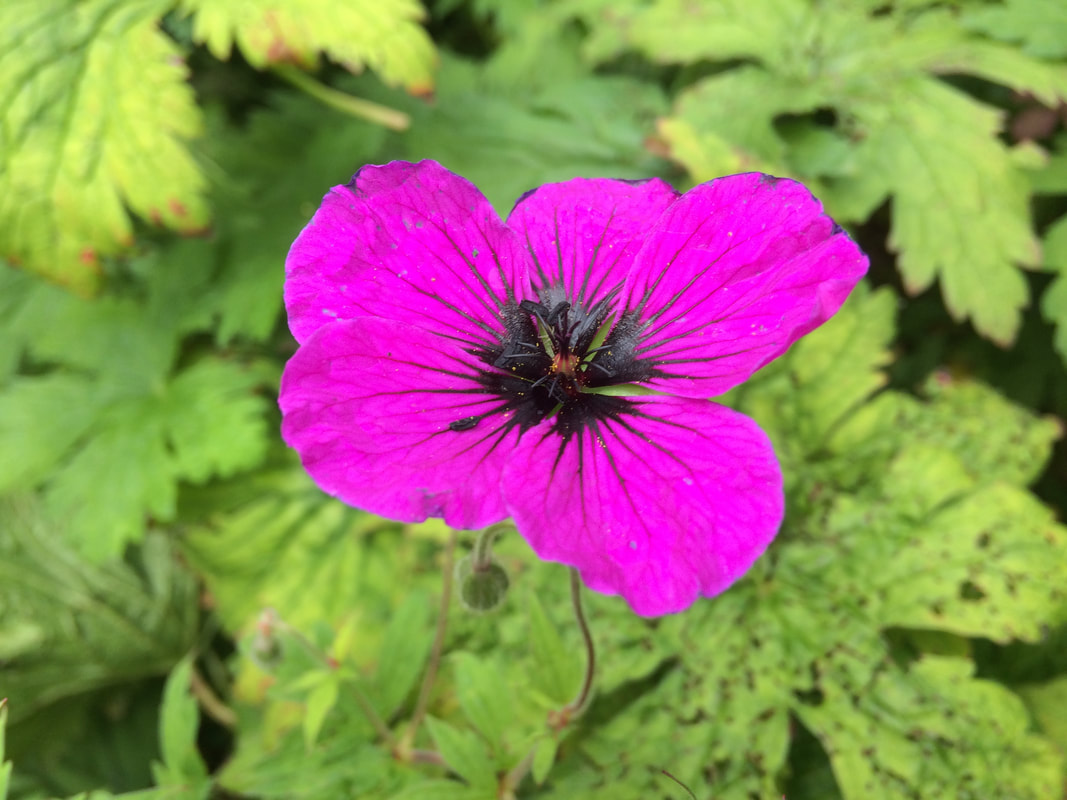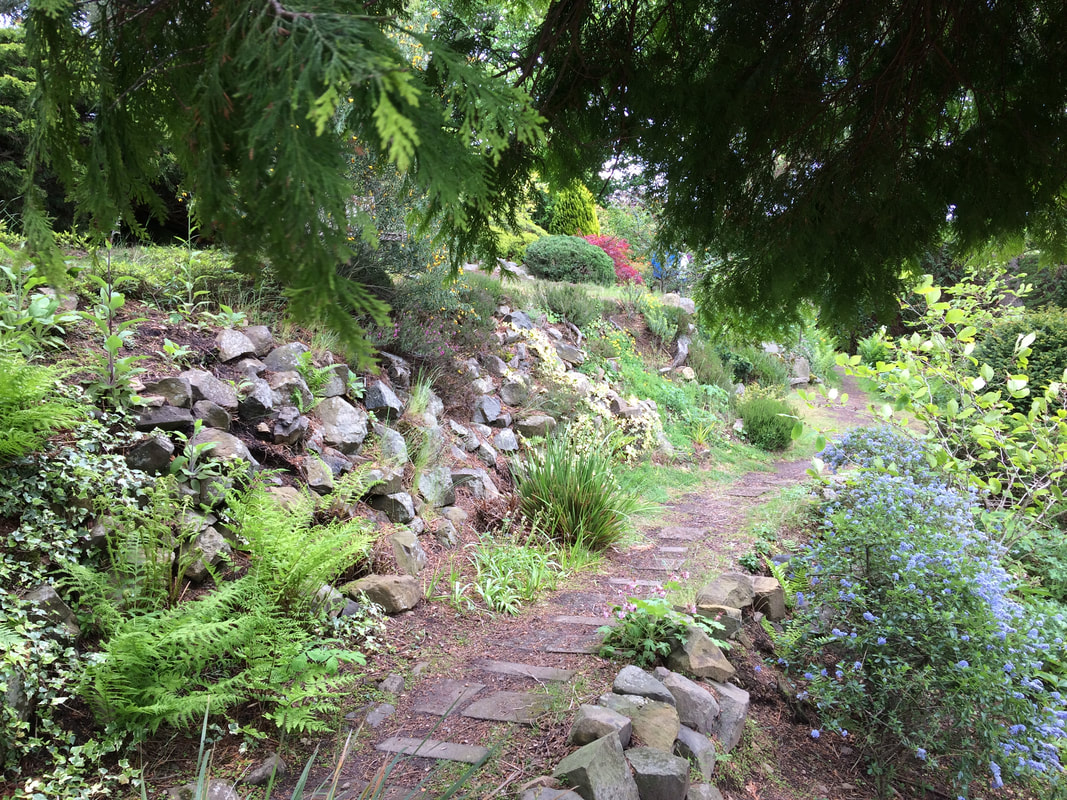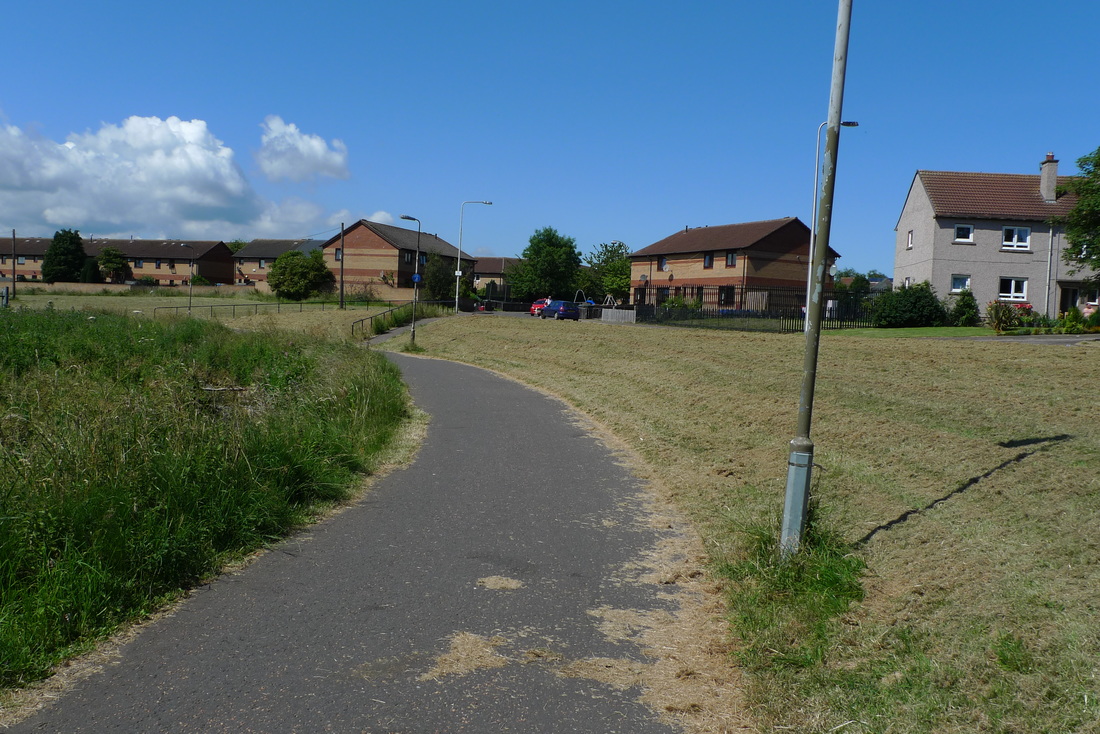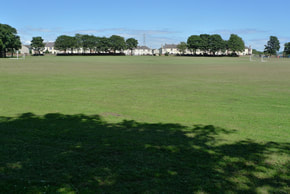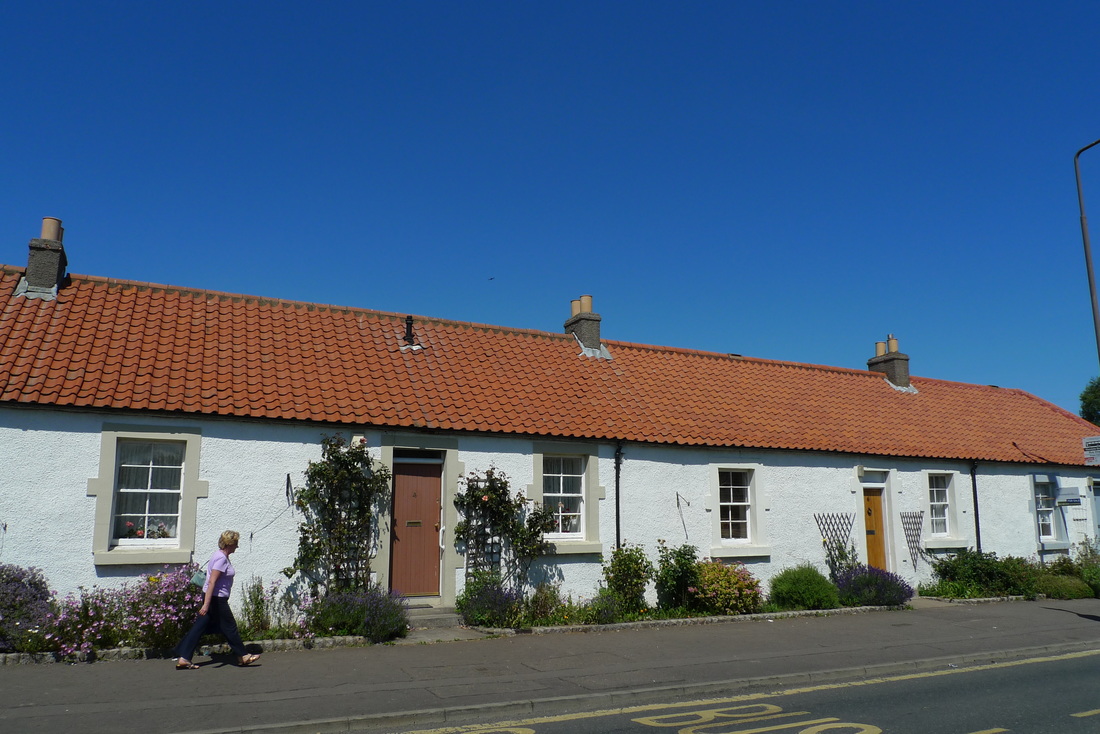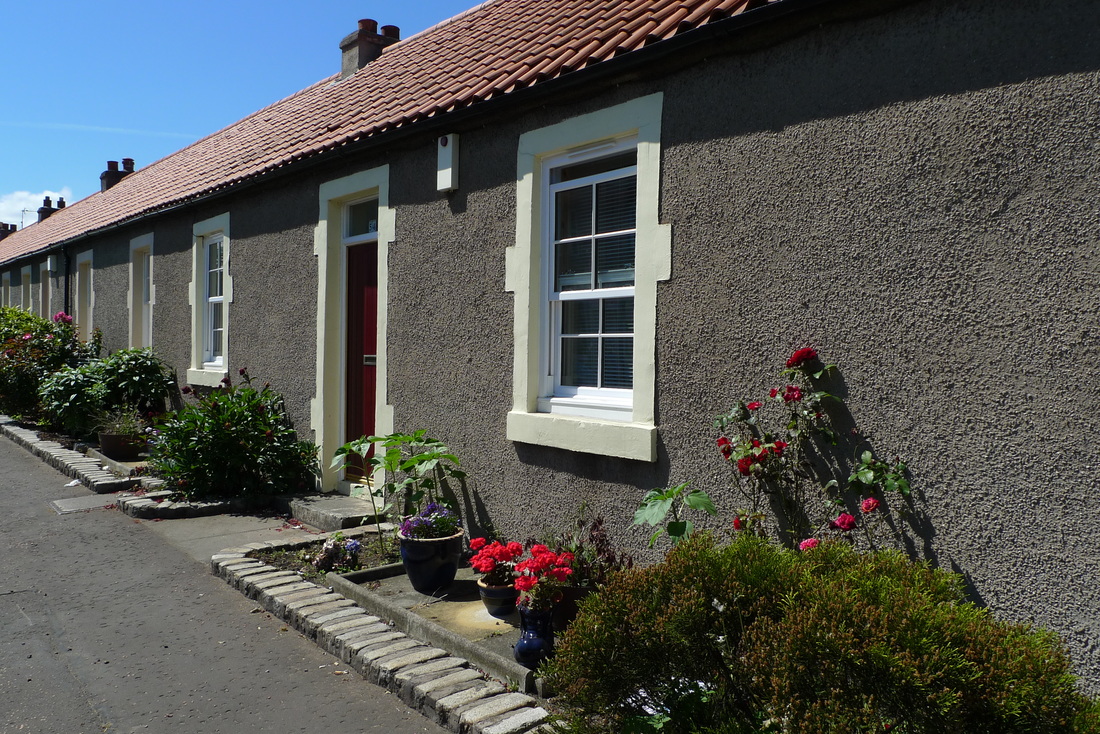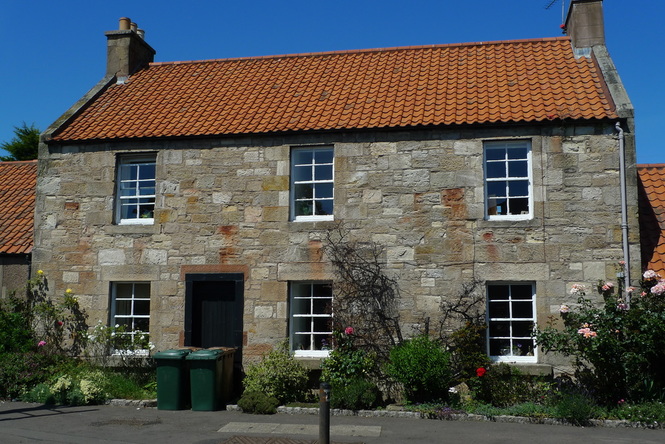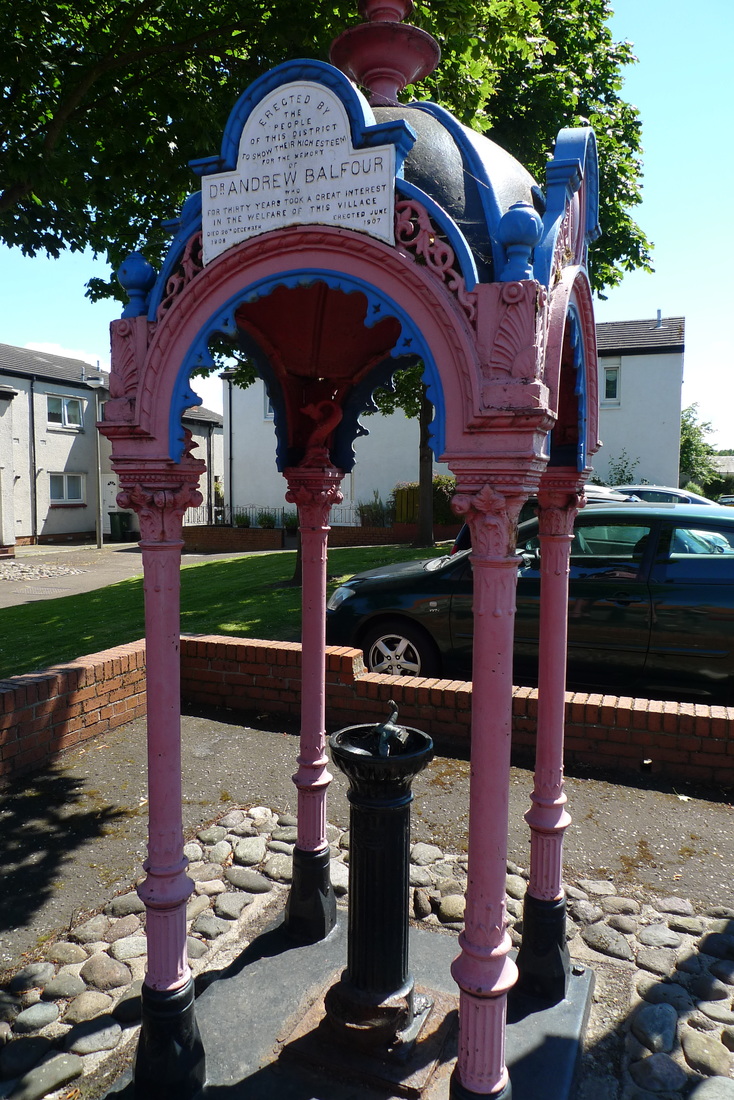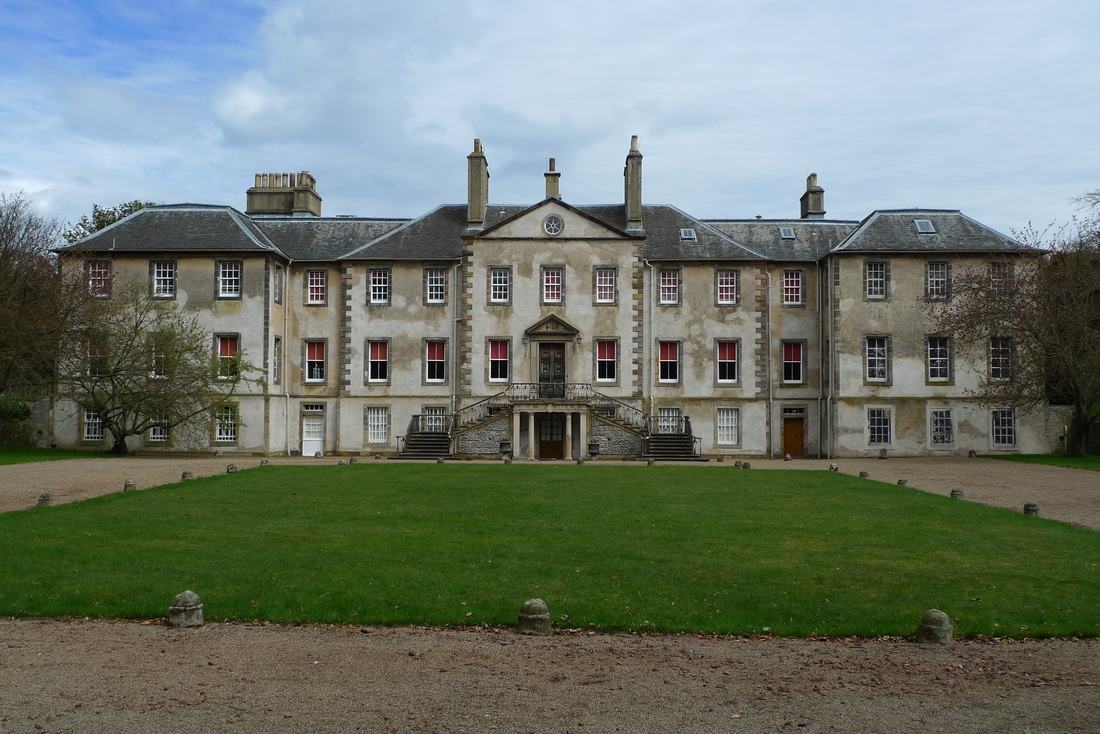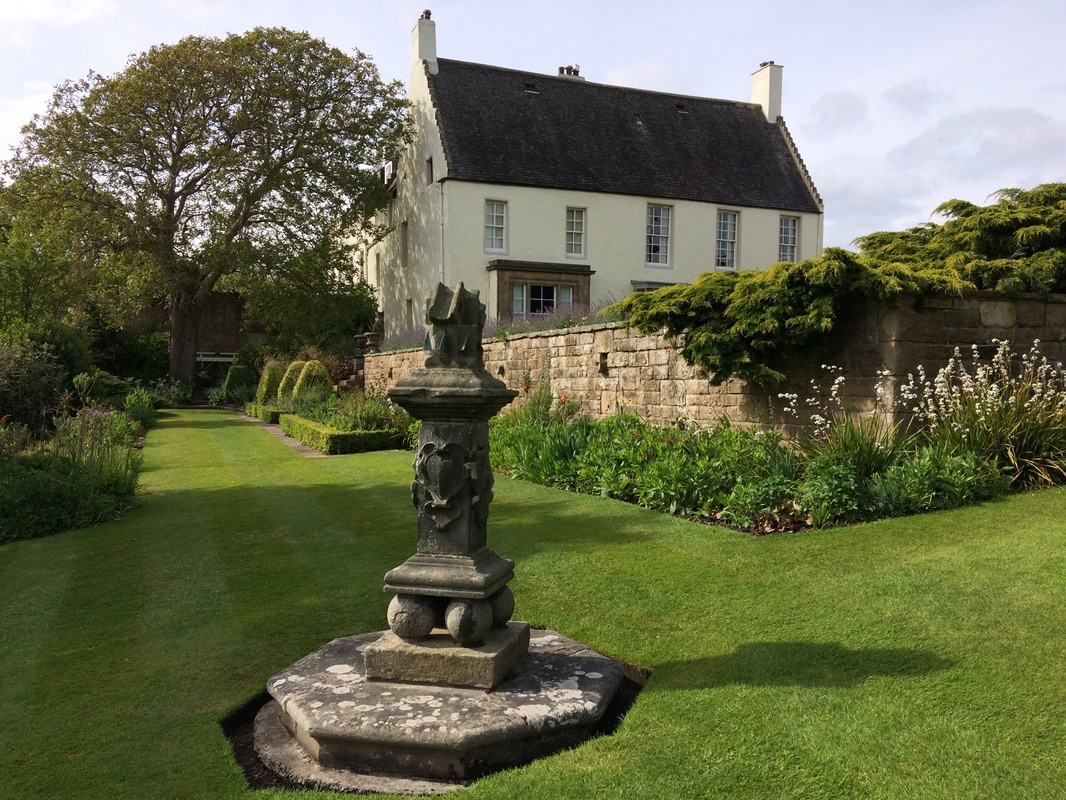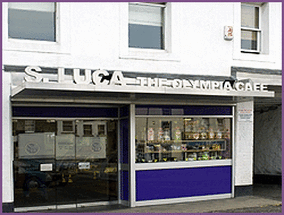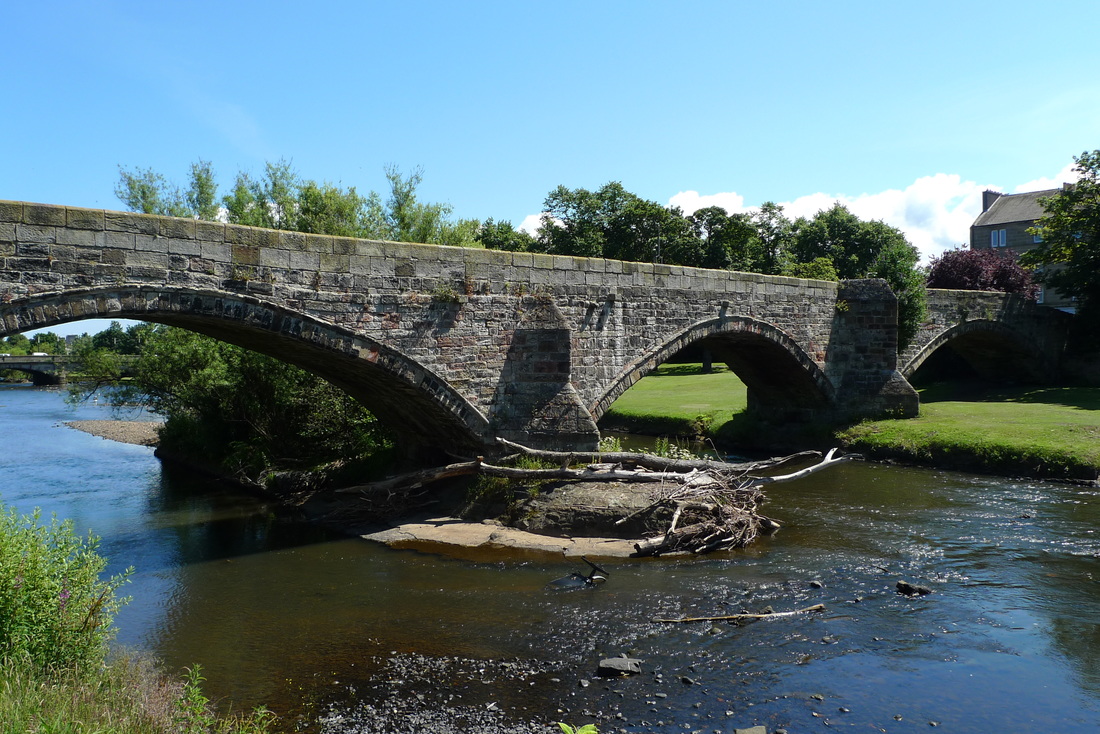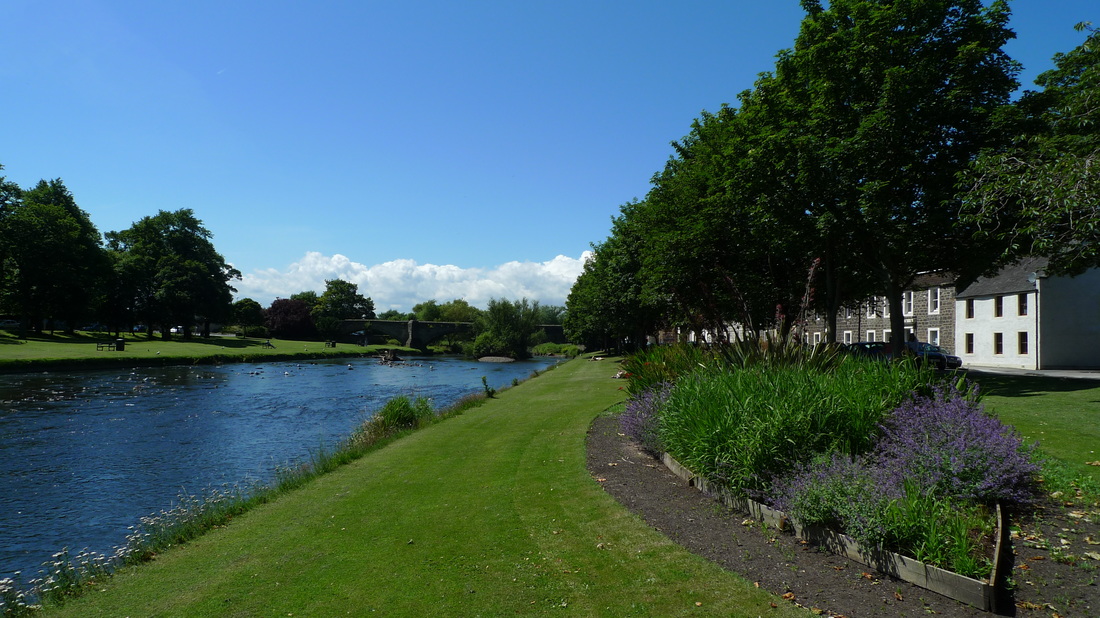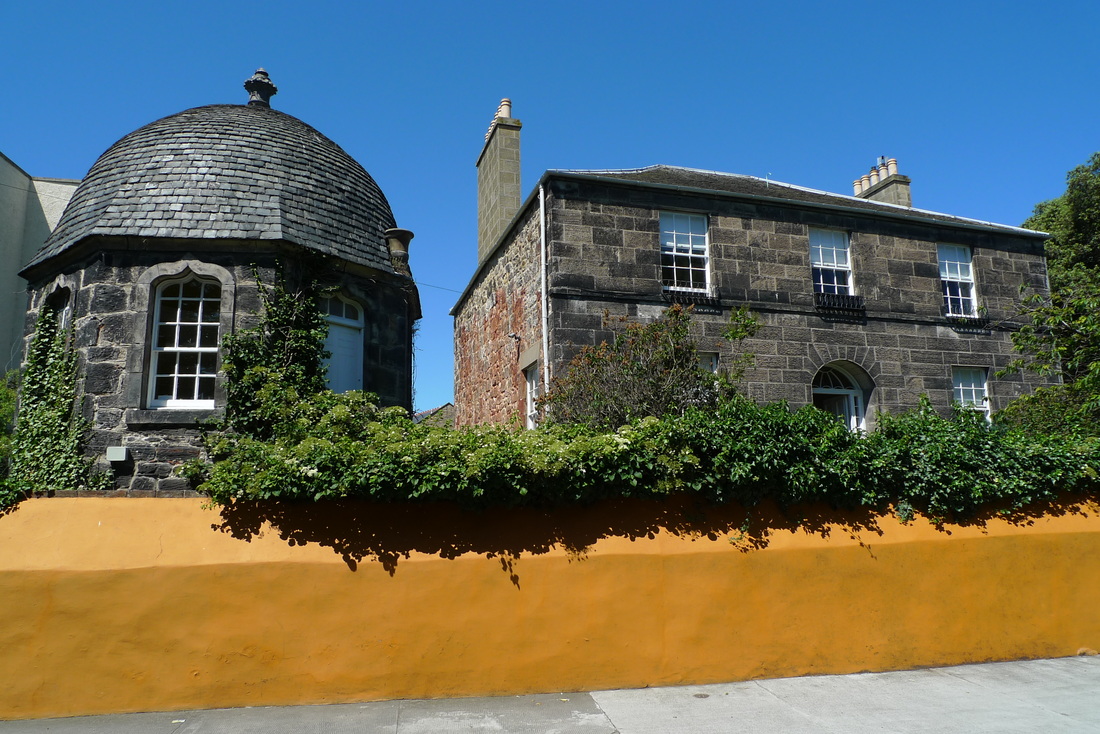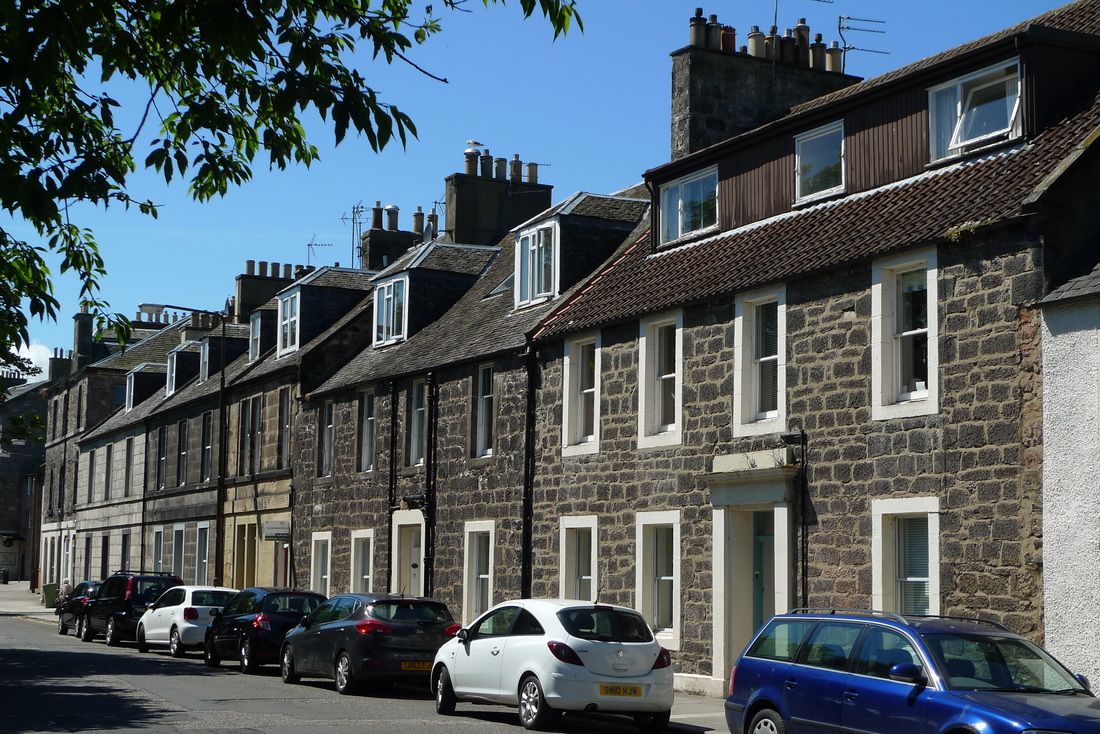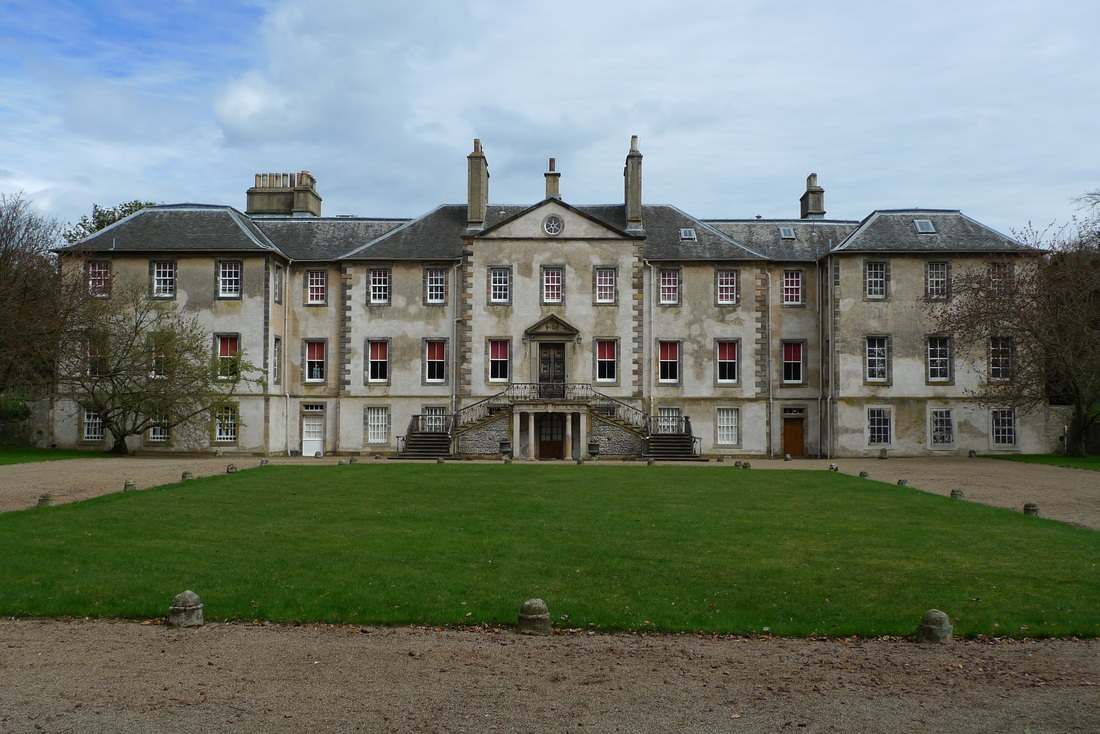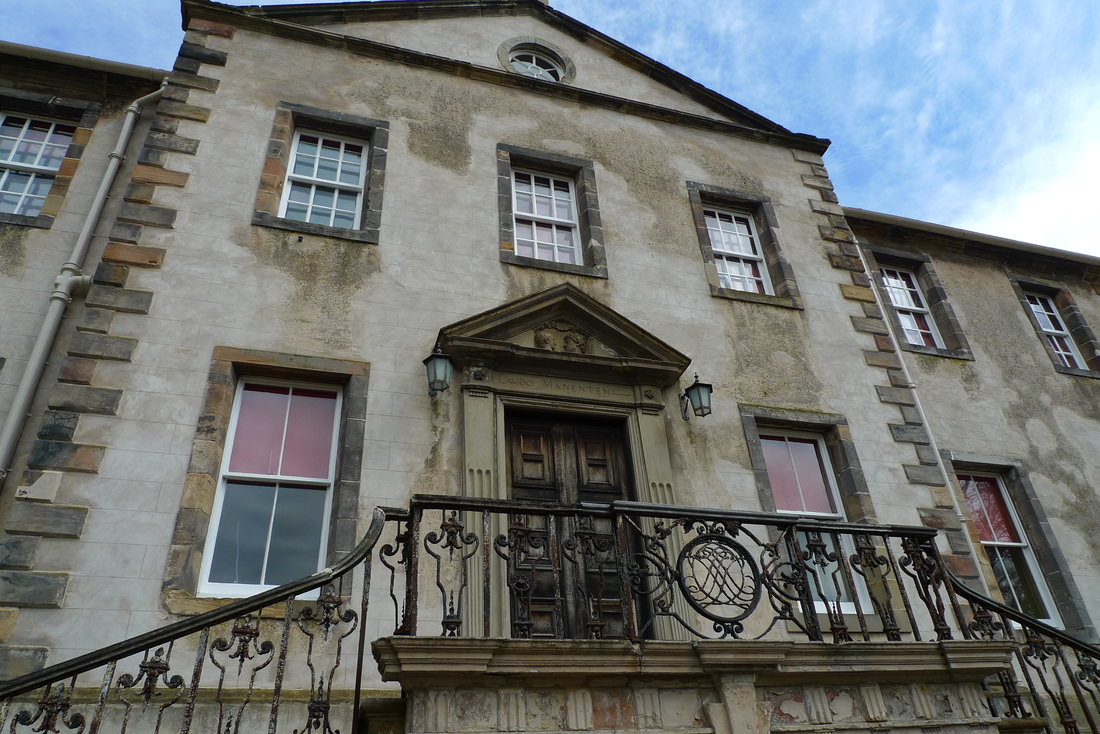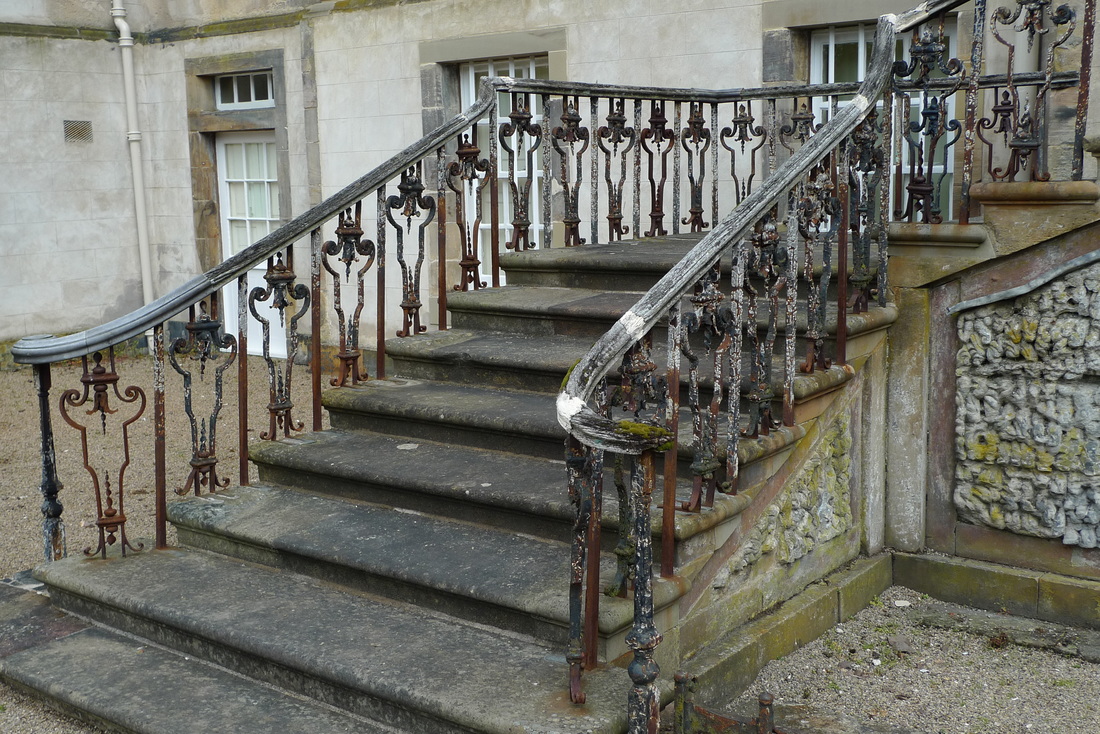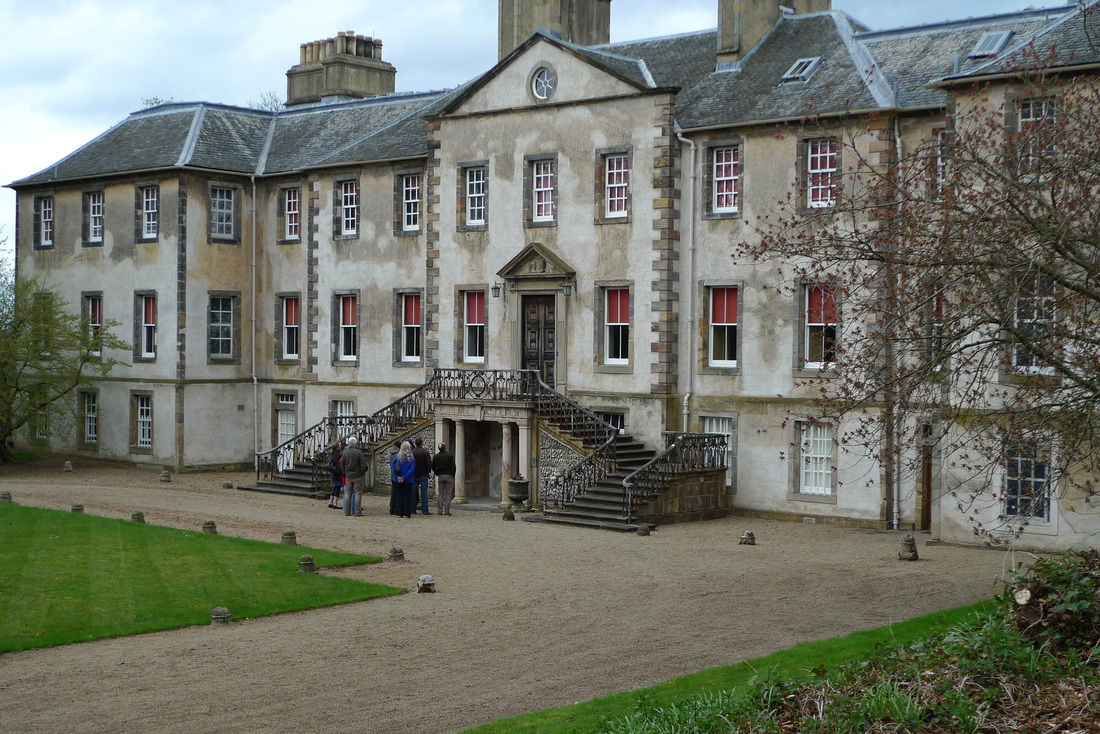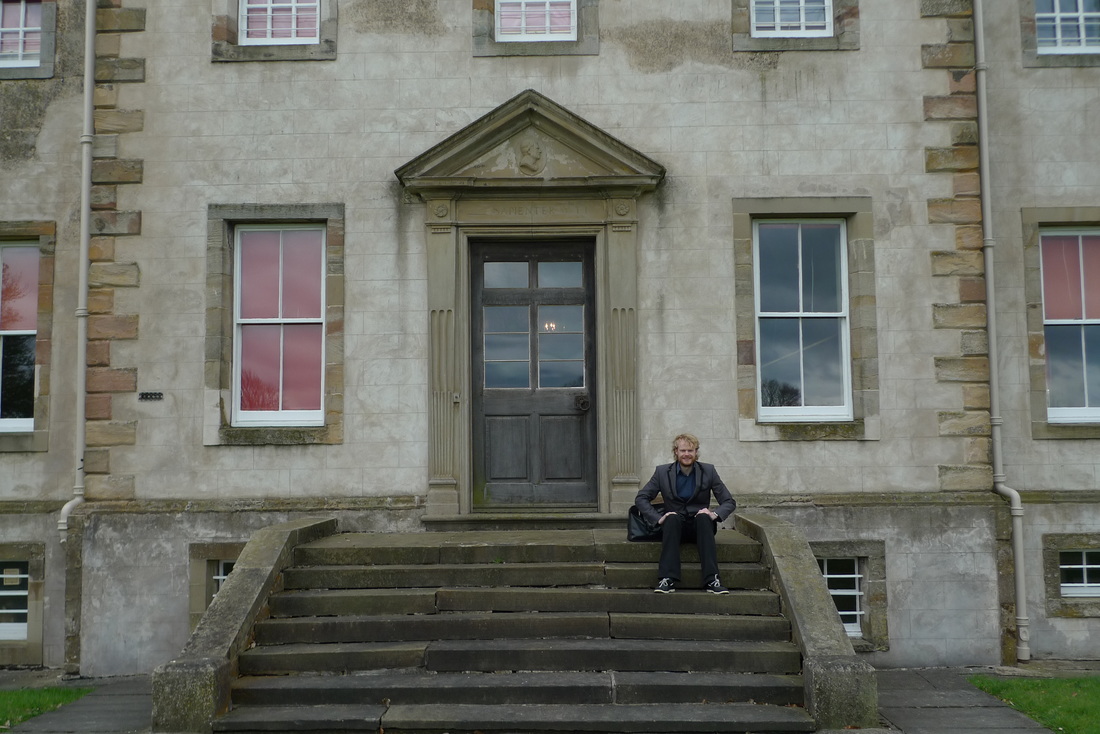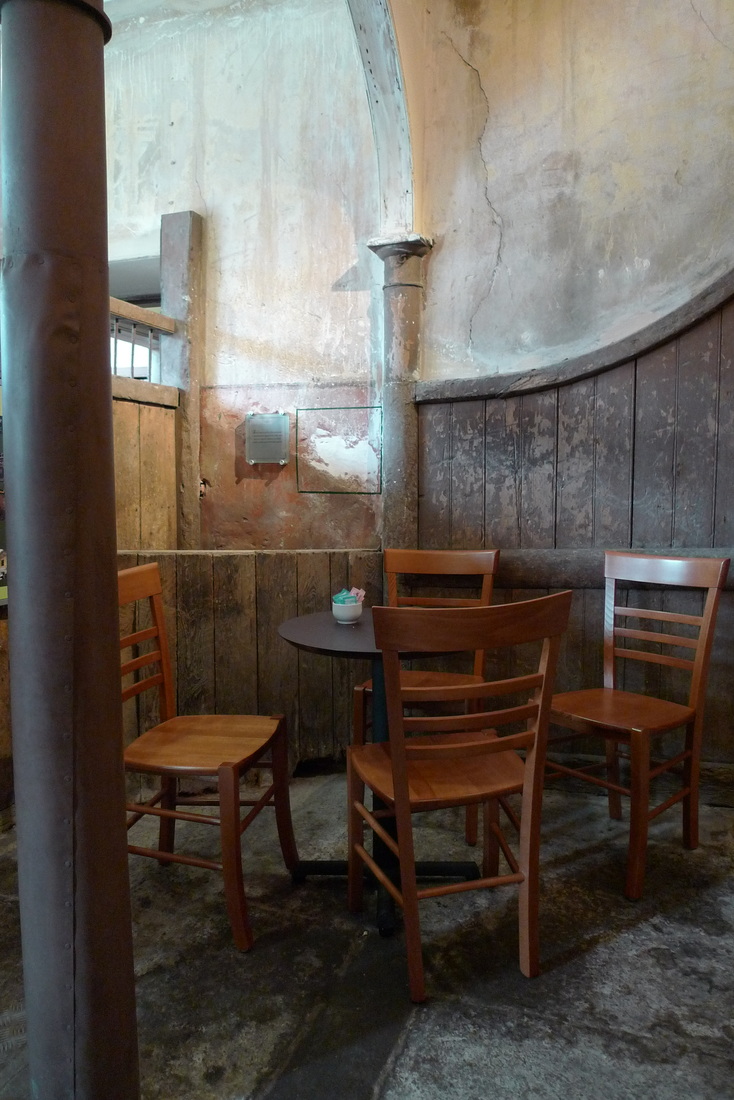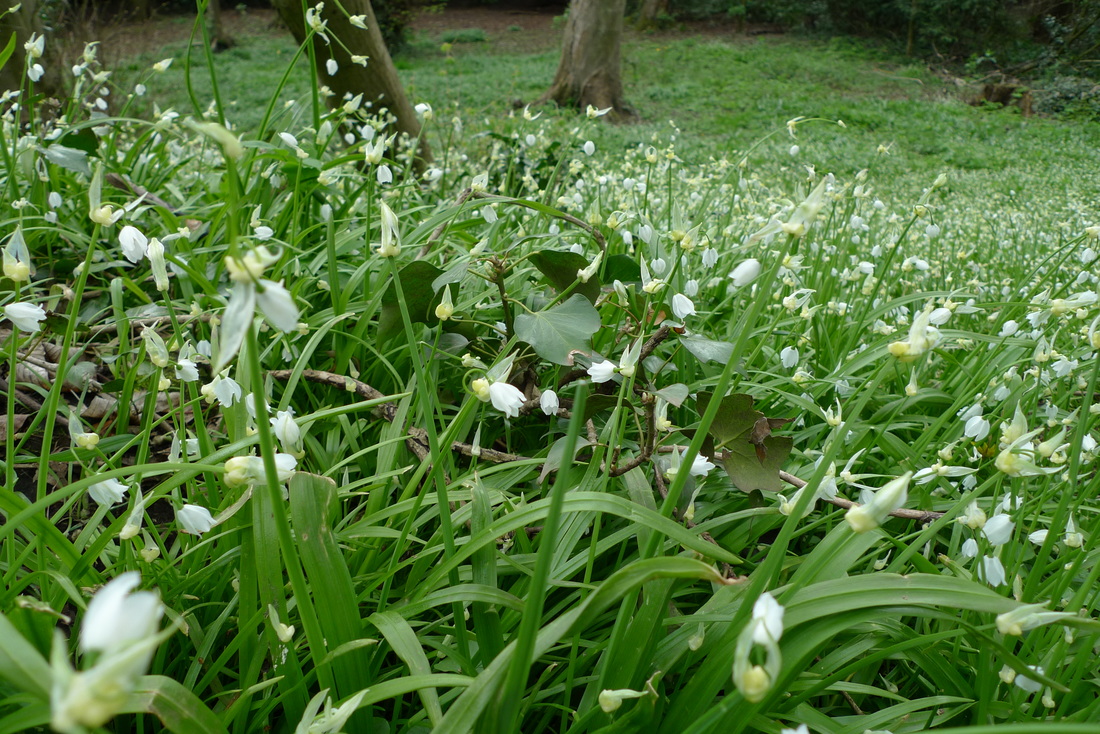|
The traffic-free cycle route from Edinburgh to Musselburgh is about 6 miles. It takes you from the city centre to the beach with some interesting diversions on the way. Enjoy cycling through a disused railway tunnel and stop off at Edinburgh's 'other castle.'
The route can be started in the Meadows, the city's main green space. Look for the blue directional signage that points to Musselburgh.
Following these signs will take you out of the Meadows and onto Buccleuch Street. This street has a brilliant segregated bike lane, protected from the road. When this ends you turn right up Gifford Park which is blocked to traffic at the other end and this makes it nice and quiet.
At the end of Gifford Park a cycle and pedestrian crossing light will help you to cross over busy Clerk Street to Rankeillor Street. This is a residential street with a one-way system that helps to keep traffic volume low. There is some segregate cycling infrastructure at the end of this street that leads you across St.Leonard's Street to join another, superb, protected bike lane. The blue signage, at this point, states that Musselburgh is 5 miles. Just keep following the signage to guide you through the residential streets that follow. Innocent Railway Soon you will find yourself proceeding down a 320 metre tunnel that was part of a disused railway. This is really exciting to cycle through with dim lighting and a drop in temperature. On a roasting hot day this tunnel is probably the best place in the city to cool down. It always surprises me that the tunnel is actually quite steep inside it, so in this direction it is a speedy descent, but a long and gradual climb on the way back.
This tunnel is one of Edinburgh's secrets and it takes a bit of effort to find it. The entrance is located within a residential complex of flats. It is a very unlikely place to find an old railway tunnel and features on many blogs and books about 'secret Edinburgh.'
The tunnel was part of the Innocent Railway, Edinburgh's first railway, so-called because it was a horse-drawn system in an era when steam engines were considered dangerous. It opened in 1831 and was originally designed to carry coal from Dalkieth to the capital, but passengers became an important source of income.
Disused railways are normally great for cycling because the paths are well-surfaced and flat.
After leaving the tunnel the route takes you past Arthur's Seat and the verges are alive with foliage and flowers.
The route continues along this flat path, shielded by trees and bushes from the busy capital beyond. Barking dogs, lawnmowers and, perhaps, someone practicing their electric guitar the only signs that you are in a major city.
The path soon reaches the remains of a railway cast iron bridge.
At this location there is an information panel about the railway.
Edinburgh's 'Other Castle'
At this point you have an opportunity to make a short detour to Craigmillar Castle. The cycle route crosses Duddingston Road West, but if you turn right onto this road and continue straight on for 1 mile you will reach the castle. More detailed directions, photos and information about the castle are on my blog about the castle.
Dr Neil's Garden
The other diversion from the route is another of Edinburgh's lesser-known attractions and one of my favourites. This garden sits on the banks of Duddingston Loch and can be reached by turning left on Duddingston Road West- it's only a 5 minute cycle. This short on-road stretch can be busy with traffic, so you might prefer to push along the pavement.
This is very much a 'secret garden' as it is hidden away and not greatly advertised by signage. You could easily find yourself wandering around the charming streets of Duddingston Village and not finding any sign of a garden. There is an entrance on Old Church Lane, a set of iron gates with a sign for 'The Manse', or if you go into the car park of Duddingston Kirk Hall you will find a path to the garden.
The garden is enchanting with its water features, little pathways and interesting plants and flowers. It is one of those locations that fools you into thinking you have left the busy city far behind.
Continuing on the cycle path to Musselburgh you will pass through mainly residential areas, parks and playgrounds.
When the path arrives next to the car park for the homewares shop it can be a little confusing about which way to head.
There is also an interesting fountain in Newcraighall. It was constructed by residents "to show their high esteem" for a doctor who served the community for 30 years.
To continue on the route you turn right on Newcraighall Road, but if you turn left you can reach Newhailes, a handsome Georgian villa where you can go on a guided tour and have cake in the stables tearoom.
The route then takes you via Queen Margaret University to Musselburgh train station. From here you travel through estates of semi-detached houses to reach the centre of Musselburgh, via the River Esk path.
You could visit Inveresk Lodge Gardens, accessed from the River Esk path. These are beautiful and peaceful gardens that are worth the short detour. Read my blog about the gardens to find out more.
The River Esk is a great spot to enjoy the sunshine with an ice cream from the famous S.Luca which has been making the stuff since 1908.
After this ride you might want to try a local beer. Read my review of Musselburgh Broke
Read my blog about Newhailes when I went on a tour of this handsome villa. Musselburgh is in East Lothian and I have written several blogs about cycling and things to see and do in this region. Read about East Lothian
2 Comments
Our carriage drops us at the home of the Dalrymples. We have been invited to dinner. We admire the perfect proportions of the building and proceed to the grand staircase. We are particularly looking forward to seeing the library, which is famous throughout Scotland as a centre of learning and scholarly discussion. A guided tour to Newhailes begins with a walk into the driveway and up to the front door, the same approach made by distinguished guests of years gone by. My tour guide, Faith, encouraged me to use my imagination and to see myself as an invited dinner guest, making my way up the staircase to proceed through the front door. Faith encouraged me to feel the banister of the stairs and notice how worn they are. "The National Trust wanted to only preserve and restore what was necessary to keep the building structuarally safe and leave it in a state that the last occupant left it." This gives the house an authentic lived-in feel, so that it is pretty much as it would have been when Lady Antonia left it to the National Trust in 1997. The house dates from 1686 and remained in the Dalrymple family until the Trust took it over. Once through that chunky front door I admired the wonderful rococo plasterwork in the hallway- there are lions, birds and fruit. The hallway provides views of the Firth of Forth. The Dalrymples loved shells and there are shell decorations everywhere. Faith said: "If you get bored of the tour you can always occupy yourself counting the shells." In the Chinese Sitting Room Lady Antonia had kept a tube of glue close by so that she could stick the shells back on as they had a habit of popping off the wall when she put the fire on. The library is my favourite room, with its marble fireplace and polar bear rug, and I could imagine curling up to a book in one of the armchairs. However, the shelves are empty, not a single book to be seen. Some books had been sold off to pay for the upkeep of the house. The collection is now in the National Library of Scotland and considered very valuable. Faith entrusted me with shutting the doors of each room as the tour group left. They are lovely, sturdy, wooden doors that have a satisfying close. The tour also includes the dining room, bedrooms and the kitchen. The exit we took from the house was particularly exciting. It was a servant's tunnel, designed so that the family did not have to see the servants. This provided an entry and exit point for the staff where they would not be noticed. There was a peephole to allow the servants to watch for arriving carriages. The stable block has a cafe where you can enjoy a coffee at a table in one of the stable pens. The grounds are worth exploring where there is a shell groto, mostly a ruin and no longer decorated with shells. The summer tea house is also a ruin, but you can use your imagination to think how lovely it must have been to enjoy tea taken in the gardens. You cannot take photos inside Newhailes, but there are good pictures of the interior on the Undiscovered Scotland website.
There is a charge for the guided tour and the house is open from April to October. The National Trust website has full details. Newhailes is 5 miles from Edinburgh. The cycle route is mostly traffic-free and I have describe this route in the next blog post.
This book is about a cycling journey from Orkney to the border with England. It focuses on the history and landscapes of the places that the author passes through, carried along by his sense of humour. Much of the dialogue in the book is between the author, Mike Carden, and his bike, "Scott", but there are also interactions with locals. The book is very easy to read and full of interesting facts about Scotland.
Many books about cycling journeys use humour to carry them. You can tell from the front cover that this is what you will get with "A Bit Scott-ish." The comic setup is obvious- a not terribly fit cyclist who doesn't have much mechanical knowledge and has conversations with his bike. However, the book is interspersed with historical details and good descriptions of the landscapes and the route that the author takes. His writing certainly gives the impression that this is a beautiful route full of adventure. A nice touch in the book are the author's own drawings of things he sees along the route. particularly buildings which are very skillfully drawn. Each chapter begins with a map of the section of the route covered on that day and the planned distance. There are several mishaps during the journey and the author is brutally honest about these. He is particularly good at getting lost and wasting lots of time trying to get unlost. I must have been slow on the uptake because I thought that there were two cyclists undertaking this journey. It took me a few pages to realise that the conversations were actually between the author and his bike. I found these conversations slightly annoying and a bit silly for about half the book, but I got used to it and found myself smirking at some of the witty banter between Mike and "Scott". Like me, Mike Carden has a sweet tooth and enjoys stopping in cafes for tea and cake. His favourite is lemon drizzle cake and trying to find this cake on his journey, largely to get vitamin-C, becomes an additional humorous quest on the adventure. Not all cyclists are super fit and trying to break a record or able to spend years going around the world, so books like this are great for showing the rest of us that you can easily have your own adventure on a bicycle. This book is sure to prove inspirational if you are in that category, or if you just want to know a bit more about Scotland. |
|

